 Livestock Management
Livestock Management
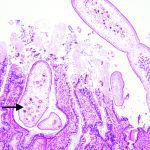
Tapeworm infections on the rise in people and dogs
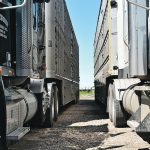
MPs call defining ‘emergency’ key to new transport rules
Ag committee identifies emergency management and hours of service as main concerns with proposed regulations
Truck drivers can legally exceed their regulated hours if it’s an emergency, but when does animal welfare meet that description? That was among the topics tackled as the House of Commons agriculture committee released its report on challenges facing the livestock transport sector. The report, Striking a Balance: Electronic Logging Device Requirements Impacting Animal Transportation, […] Read more
More farm security measures suggested

Wool harvest – photo essay
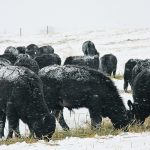
Forage blends benefit swath grazing
Winter feeding trial studies virtual fencing as well as potential of moving away from using only one crop in swath grazing
A Lakeland College researcher says he wanted to investigate using forage blends in winter swath grazing systems to ease producer hesitancy. Obioha Durunna, who is now in the third year of the study, says he was also prompted by the limited information available on backgrounding weaned calves in such systems. Durunna says producers are reluctant […] Read more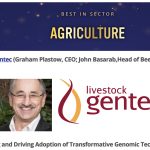
Beef research centre wins ag technology award
Alberta’s Livestock Gentec was formed in 2010 to use genomics to help producers improve profitability and sustainability
CALGARY — An applied research centre using genomics to help beef producers sharpen their competitive edge has been honoured with a Best in Agriculture Sector Award for Alberta at the ASTech Awards. “We’re very proud that our team received that award,” said John Basarab, head of beef cattle operations at Livestock Gentec. “We’re hoping that […] Read more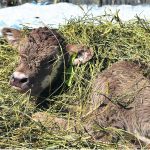
Sort out nature of eye lesions and diagnosis becomes easy
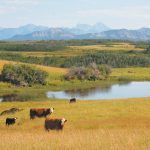
Updated Certified Sustainable Beef Framework released
The program, launched in 2017, came up for its five-year review in 2022
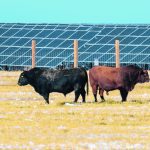
Cattle sector awaits details on methane plan
Early thinking is that federal incentives to help producers reduce cattle emissions could fit with the industry’s targets
MEDICINE HAT — Canada’s draft policy that would provide financial incentives to livestock producers to reduce methane from cattle aligns with the beef sector’s target to see those emissions reduced by a third by 2030. But how well the federal government’s proposals will merge with the sector’s efforts, which have already resulted in Canadian beef […] Read more
Sheep sector faces turbulent times
Opportunities are plentiful, but the meat sector has struggled and questions have been raised about wool association
MEDICINE HAT — On the face of it, Canadian sheep producers appear to have a lot going for them. Only about 20 percent of the lamb meat demand is being filled domestically and wool is increasingly seen as an environmentally sustainable option for fabrics and clothing. But the failure of North American Lamb Company and […] Read more
 Livestock Management
Livestock Management

